Explore Projects
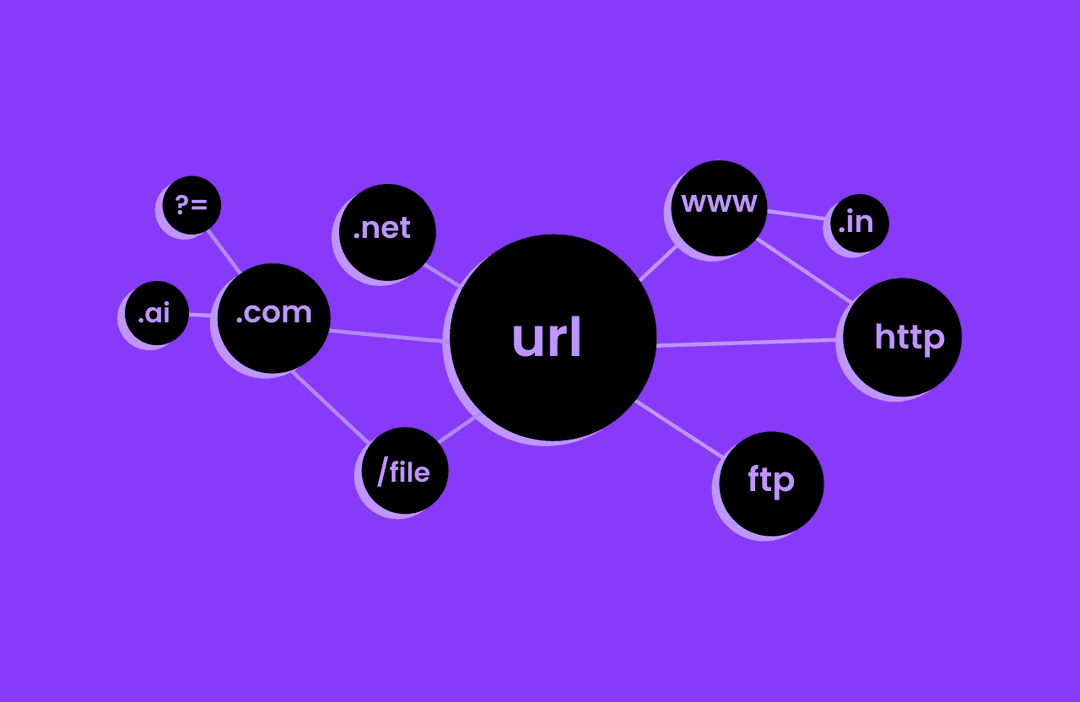
Network Security - Malicious URL Detection using MLOps
Developed an end-to-end MLOps project to detect malicious URLs using XGBoost. Integrated robust pipelines for data ingestion, model training, deployment, and monitoring.
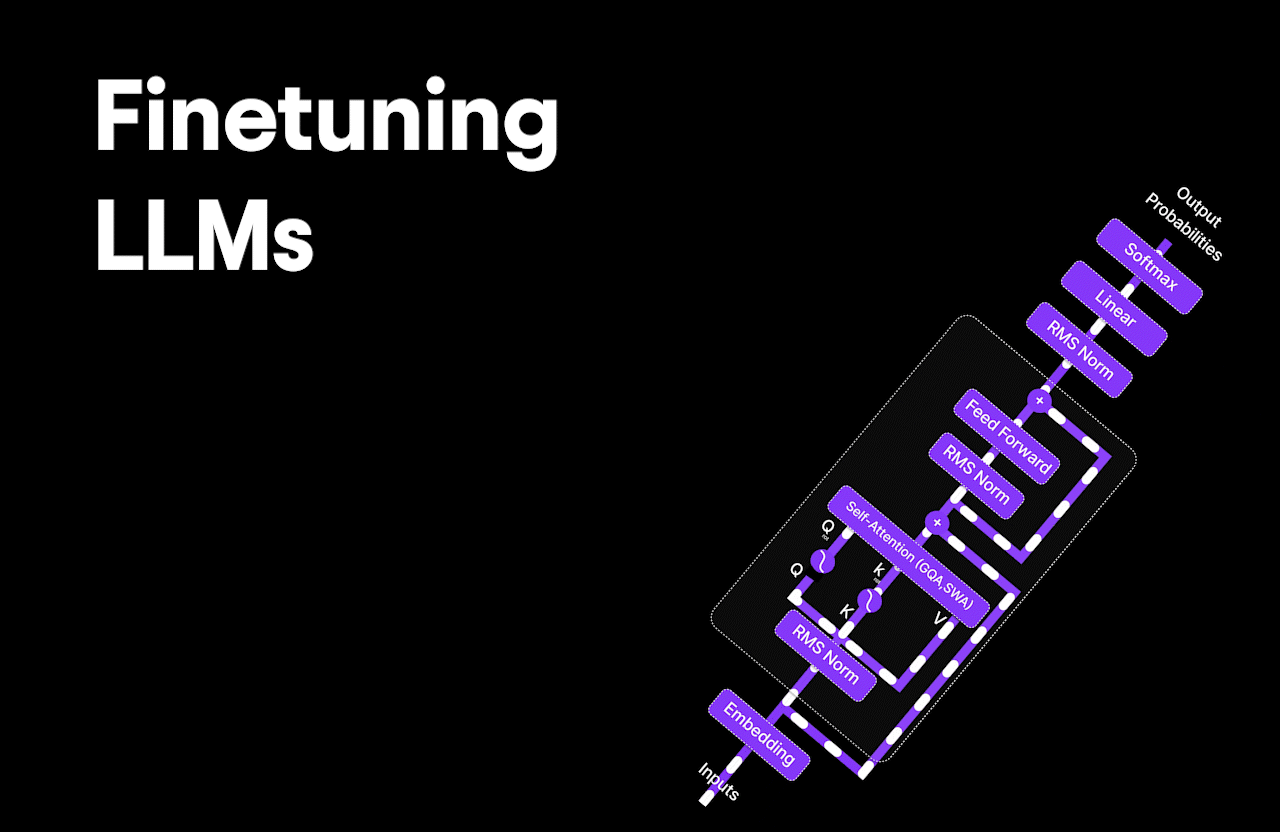
Fine-Tuning Large Language Models (LLMs)
Fine-tuned various open-source LLMs including LLaMA 2, Mistral, Qwen, and vision-language models for domain-specific tasks. Leveraged efficient methods like LoRA, QLoRA, and quantization using Unsloth and Hugging Face.
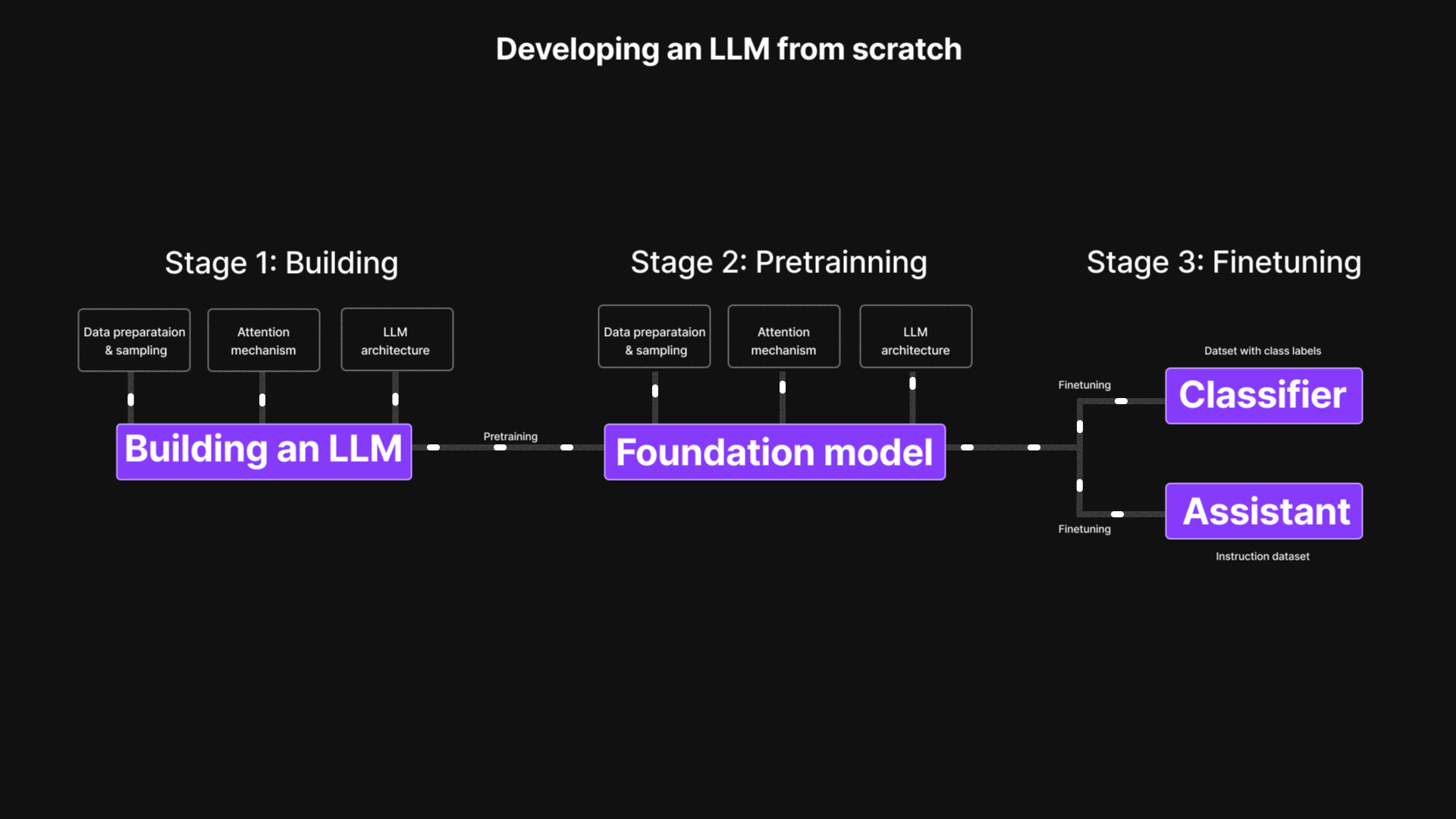
Large Language Model (LLM) from Scratch
Implemented a Large Language Model (LLM) from scratch, covering every stage from data preparation and model architecture to pretraining and fine-tuning. This project demystifies transformer-based models through hands-on code and experiments, enabling a deeper understanding of attention mechanisms and token prediction.
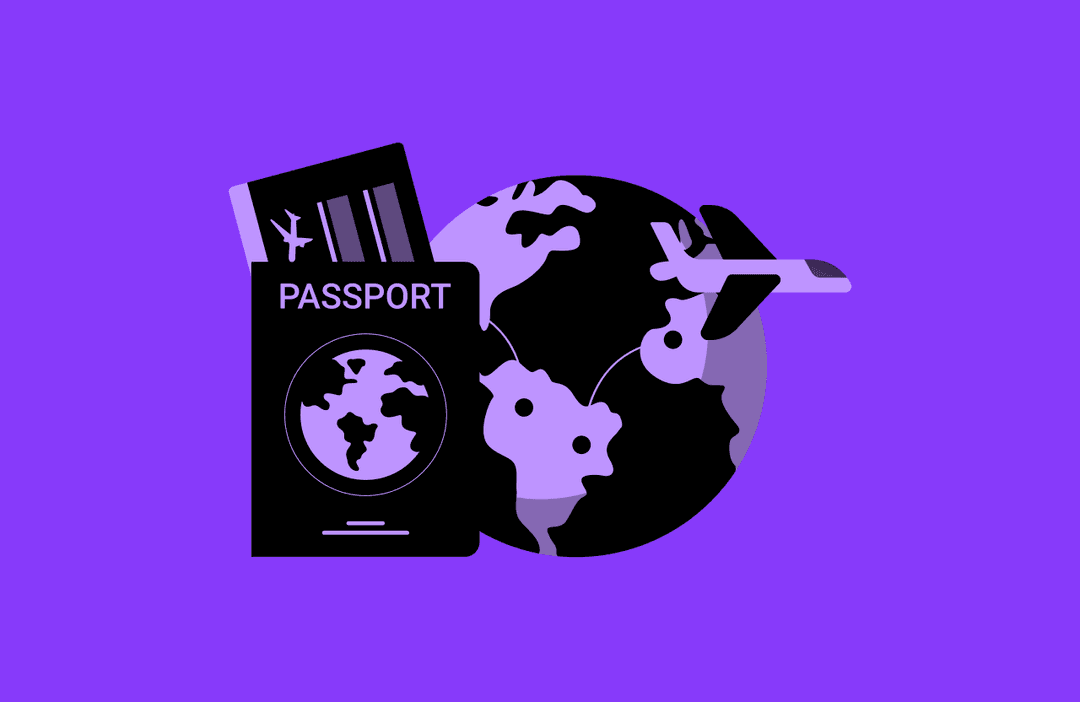
US Visa Approval Prediction using MLOps
Built an end-to-end MLOps pipeline to predict the approval status of US visa applications. Implemented machine learning models, deep learning techniques, and automated deployment pipelines.

Customer Satisfaction Prediction using ZenML
Predicted customer satisfaction scores for future orders using historical e-commerce data from the Brazilian E-Commerce Public Dataset by Olist. This project leverages multiple machine learning models like CatBoost, XGBoost, and LightGBM, built within a ZenML pipeline to create a production-ready solution.
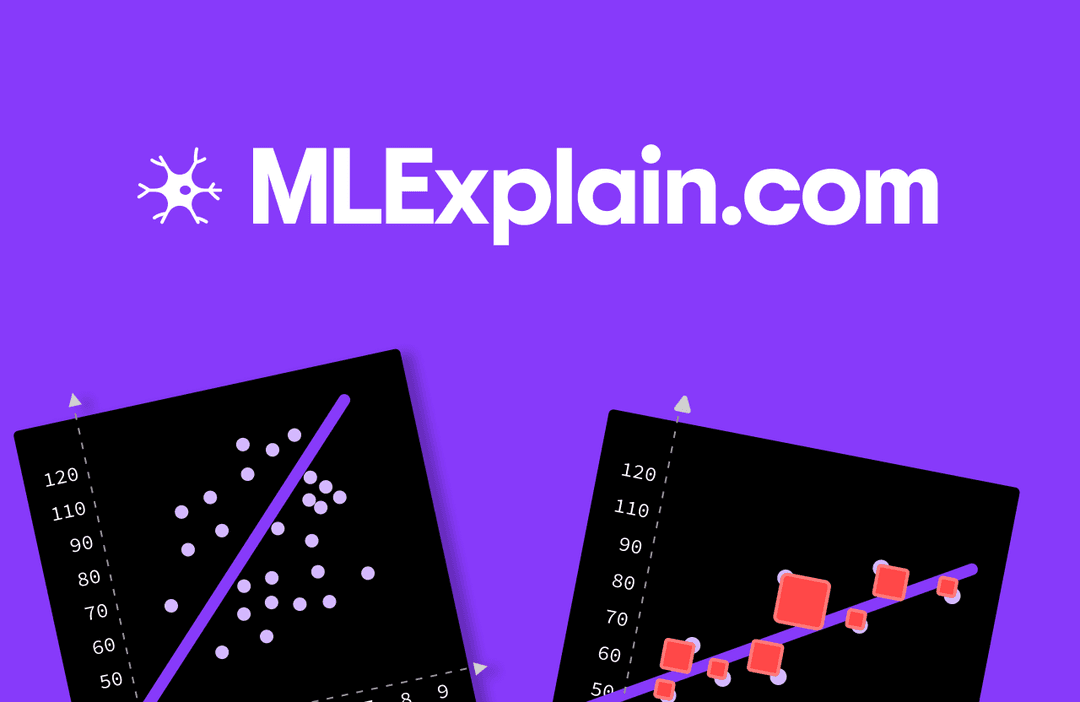
Interactive ML Algorithm Visualizer
An interactive web application designed to help users understand and experiment with machine learning algorithms visually. It offers dynamic visualizations for concepts like linear regression, allowing users to adjust parameters such as slope and intercept interactively. The platform aims to simplify ML concepts for learners through intuitive design and engaging tools.

Deep Learning from Scratch
Implemented fundamental deep learning architectures from scratch using Python, NumPy, PyTorch, and TensorFlow. Covers core neural network types including ANN, RNN, CNN, and GAN. Intention to build an intuitive understanding of how deep learning models function internally without relying on high-level abstractions.